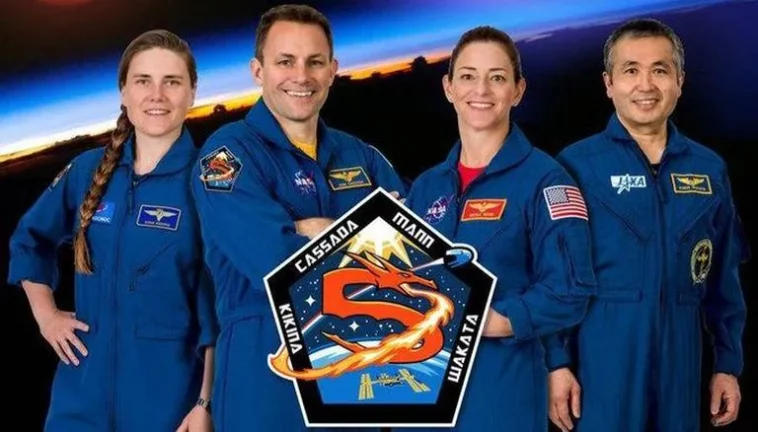The Crew-5 mission, which will carry the first Russian cosmonaut on a commercial crew spacecraft, is scheduled to launch to the International Space Station by SpaceX in late September. Crew-5 will launch from Florida’s Kennedy Space Center on September 29, 2022, using a SpaceX Falcon 9 rocket. This is a few-week delay to give the business time to finish processing the rocket’s new booster’s gear.
In a July 21, 2022, update, NASA said that “teams are also building a first-flight Falcon 9 rocket for this mission, as they move through Dragon milestones.” Following damage to the rocket’s interstage and several onboard instruments during shipment from SpaceX’s manufacturing plant in Hawthorne, California to the company’s McGregor test site in Texas for stage testing, SpaceX is removing and repairing the hardware.
To confirm the damage was limited to the interstage and guarantee the integrity of the remainder of the rocket, SpaceX engineers carried out — and NASA teams reviewed — load, stress, and structural assessments in addition to thorough and X-ray inspections.
After all the hardware has been changed, according to NASA, the rocket will go through further testing before being approved and cleared for flight. Along with Japanese astronaut Koichi Waikato and Russian cosmonaut Anna Kikina, Crew Dragon Endurance will also carry NASA astronauts, Nicole Mann and Josh Cassada.
The only active female cosmonaut for the Russian space agency at the moment is Kikina. The seat exchange agreement between NASA and the Russian State Space Corporation Roscosmos was disclosed on July 15, 2022.
According to the agreement, Russian cosmonauts will travel in a seat on SpaceX’s Crew Dragon while NASA astronauts will continue to ride in a seat on the Russian Soyuz spacecraft.
As a result, the International Space Station will always have a NASA astronaut and a Russian cosmonaut on board, regardless of launch delays or emergency situations that force one of the two crewed spacecraft connected to the station to depart.
Up until its retirement in 2011, NASA and Roscosmos traded seats on the American space shuttle and the Russian Soyuz. Up until 2020, when SpaceX’s Crew Dragon spacecraft gave the U.S. access to the International Space Station, astronauts had to depend entirely on the Soyuz.
In the early part of 2023, the four members of Crew-5 will return to Earth for a parachute-assisted splashdown off the coast of Florida after spending roughly six months on the ISS.
It will also be the first time on a NASA Commercial Crew mission that all four of the front bulkhead Draco thrusters, which control Crew Dragon’s height while in flight, will be reused when Crew-5 lifts off in late September. After Crew-3’s last voyage to the ISS, Crew Dragon Endurance is now undergoing maintenance. For the spacecraft’s second trip to the International Space Station, SpaceX will add new hardware and components including heat shields, parachutes, and pod panels.
Source: Spaceflight Insider




